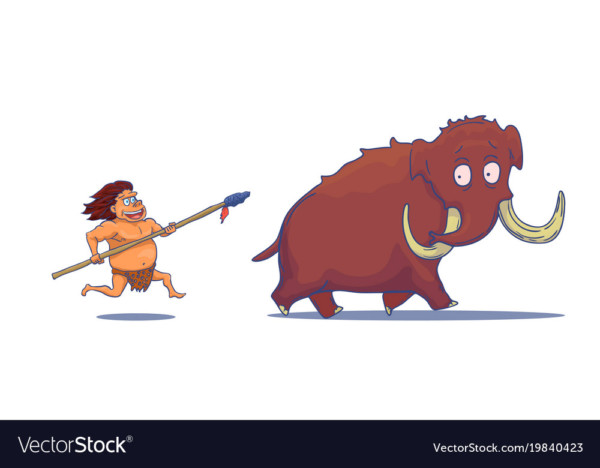YEAR 1-2:
Question: A woolly mammoth weighs 6 tons. A ton is 1000 kilograms. If a caveman weighs 100 kilograms, then how many kilograms heavier is the woolly mammoth than the caveman?
YEAR 3-4:
Question: The probability that a saber-toothed tiger catches its prey is 3 out of 4. If a saber-toothed tiger has caught the past 3 rhinos it chased after, what is the probability that it will catch the next rhino it chases?
YEAR 5-6:
Question: A Neanderthal hunting party caught between 20 and 30 animals. If a sixth of the animals were reindeer, a fourth of them were goats, a third of them were sheep, and the rest were rabbits, then how many rabbits did the Neanderthals catch?
Algebra and Up:
Question: The Siberian unicorn, a ginormous prehistoric rhinoceros-like animal, survived until around 37 000 BCE. Assume the population of Siberian unicorns was exactly 262 144 in the year 39 000 BCE and followed the model f(t) = 262 144(2)-t, a function of t time in centuries. According to the model, what year did the population of Siberian unicorns decline to exactly 1? You may use your calculator to solve this problem.
CHECK ANSWERS NEXT MONDAY











